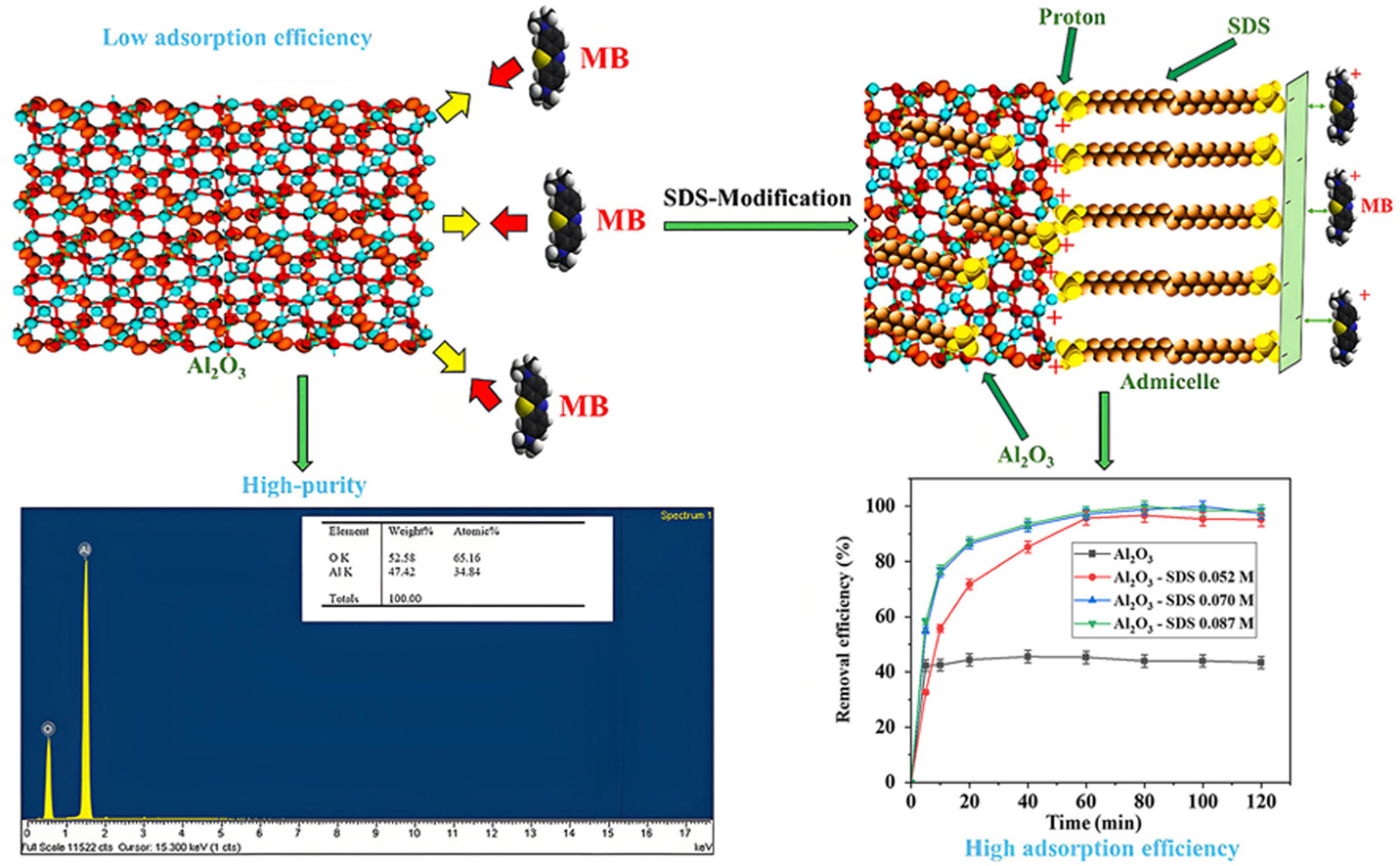- Volumes 96-107 (2025)
-
Volumes 84-95 (2024)
-
Volume 95
Pages 1-392 (December 2024)
-
Volume 94
Pages 1-400 (November 2024)
-
Volume 93
Pages 1-376 (October 2024)
-
Volume 92
Pages 1-316 (September 2024)
-
Volume 91
Pages 1-378 (August 2024)
-
Volume 90
Pages 1-580 (July 2024)
-
Volume 89
Pages 1-278 (June 2024)
-
Volume 88
Pages 1-350 (May 2024)
-
Volume 87
Pages 1-338 (April 2024)
-
Volume 86
Pages 1-312 (March 2024)
-
Volume 85
Pages 1-334 (February 2024)
-
Volume 84
Pages 1-308 (January 2024)
-
Volume 95
-
Volumes 72-83 (2023)
-
Volume 83
Pages 1-258 (December 2023)
-
Volume 82
Pages 1-204 (November 2023)
-
Volume 81
Pages 1-188 (October 2023)
-
Volume 80
Pages 1-202 (September 2023)
-
Volume 79
Pages 1-172 (August 2023)
-
Volume 78
Pages 1-146 (July 2023)
-
Volume 77
Pages 1-152 (June 2023)
-
Volume 76
Pages 1-176 (May 2023)
-
Volume 75
Pages 1-228 (April 2023)
-
Volume 74
Pages 1-200 (March 2023)
-
Volume 73
Pages 1-138 (February 2023)
-
Volume 72
Pages 1-144 (January 2023)
-
Volume 83
-
Volumes 60-71 (2022)
-
Volume 71
Pages 1-108 (December 2022)
-
Volume 70
Pages 1-106 (November 2022)
-
Volume 69
Pages 1-122 (October 2022)
-
Volume 68
Pages 1-124 (September 2022)
-
Volume 67
Pages 1-102 (August 2022)
-
Volume 66
Pages 1-112 (July 2022)
-
Volume 65
Pages 1-138 (June 2022)
-
Volume 64
Pages 1-186 (May 2022)
-
Volume 63
Pages 1-124 (April 2022)
-
Volume 62
Pages 1-104 (March 2022)
-
Volume 61
Pages 1-120 (February 2022)
-
Volume 60
Pages 1-124 (January 2022)
-
Volume 71
- Volumes 54-59 (2021)
- Volumes 48-53 (2020)
- Volumes 42-47 (2019)
- Volumes 36-41 (2018)
- Volumes 30-35 (2017)
- Volumes 24-29 (2016)
- Volumes 18-23 (2015)
- Volumes 12-17 (2014)
- Volume 11 (2013)
- Volume 10 (2012)
- Volume 9 (2011)
- Volume 8 (2010)
- Volume 7 (2009)
- Volume 6 (2008)
- Volume 5 (2007)
- Volume 4 (2006)
- Volume 3 (2005)
- Volume 2 (2004)
- Volume 1 (2003)
• High-purity alumina particles was fabricated for the first time by spray drying method.
• SDS modification of Al2O3 surface significantly enhanced methylene blue (MB) removal.
• Sorption capacity value of SDS-modified Al2O3 (SA) for MB is 60.99 mg/g.
• Adsorption of MB onto SA is mainly driven by electrostatic interactions.
• Adsorbent can be reused after 5 cycles with a removal efficiency of 83.96 %.
In the present paper, we facilely fabricated novel high-purity alumina particles with uniform morphology and size distribution by spray drying method. Despite the synthesized alumina's excellent physical characteristics, its interaction with dyes remains low. Sodium dodecyl sulfate (SDS), an anionic surfactant, was chosen to modify the alumina surface for enhanced methylene blue (MB) removal performance. The SDS-modified alumina (SA) adsorbent properties were discovered by utilizing fourier transform infrared spectroscopy (FT-IR), X-ray diffraction (XRD), zeta potential, scanning electron microscope (SEM), and nitrogen adsorption/desorption isotherms. The favorable conditions for MB removal onto SA including working solution pH, SDS concentration, material dosage, adsorbate concentration, strength of ionic, and temperature were set at 60 min. The MB removal efficiency on SA reached approximately 99 % with a corresponding reaction rate of 0.05 g/(mg min). In addition, the MB adsorption isotherm was illustrated effectively using a two-step sorption model, with a calculated qmax value of 60.99 mg/g. The novel adsorbent exhibited strong adsorption affinity for both MB, Janus Green B (JGB), and Victoria Blue B (VBB). The removal mechanism of MB on SA was thoroughly conferred and supported by FT-IR analysis and zeta potential. Furthermore, the removal efficiency of SA only decreased nearly 15 % after 5 cycles, indicating that the adsorbent exhibited respectable regeneration performance. These results demonstrated that SA is a promising material for the scavenge of wastewaters containing various cationic dyes.

